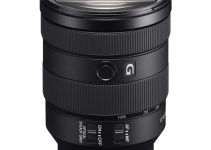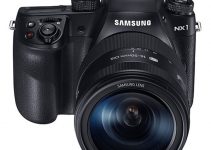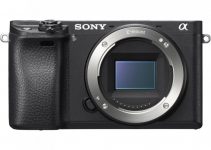The camera used to create content for the MSG Sphere Theater in Las Vegas is massive. With an 18K, 316-megapixel image sensor, the camera is designed to create the largest and sharpest content and do it in a format that puts IMAX to shame.
But what’s under the hood of the Big Sky Camera? Sphere give fans a peak. “Our mission is to tell the biggest stories on the biggest canvas,” said Andrew Sulkind of MSG Sphere. “And use tools to do it that are best suited to capture cinema and imaging no one has ever done before.”

Image Credit – Sphere Studios
Providing details as part of a white paper on the Big Sky camera’s design, Forza and Sphere Entertainment provide specs and details on how this camera is providing 18K x 18K content for its hallmark 10,000-seat spherical auditorium in Las Vegas.
The camera is capable of capturing super sharp images at up to 120 frames per second, with a dynamic range of about 14.5 stops. Very impressive.
Generating such high-resolution content for such a large venue, however, is a challenge, Traditionally, the method for creating such a large image is by stitching together multi-camera clips in a post-production process.
Such a process wouldn’t work for the Sphere, however, since the algorithmically and computationally intensive post-production workflow would be exponential. Therefore, Forza and Sphere had to design a new process from the ground up.
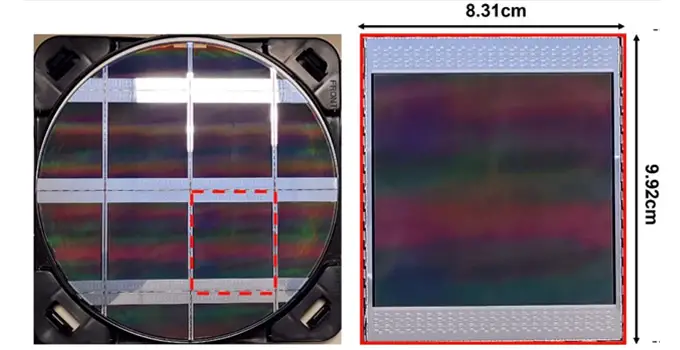
Image Credit – Forza/Sphere Ent.
But how the Big Sky CMOS sensor grabs that much sensor data may be the most impressive detail in the white paper.
The Forza Silicon CMOS Sensor measures 9.92×8.31 cm (3.91×3.27 inches) and has 92 CML output ports and an overall power consumption of 23 watts. The sensor uses a process that Ametek, Inc. (Forza’s parent company) refers to as a 2D stitched image that provides a cumulative data rate of 515 Gbit/second.
The sensor employs a single exposure, dual gain HDR approach from its dual-gain pixels measuring 4.3 μm with high and low conversion gains ranging between 6600e- to 41,000e- and a total temporal noise of 1.8e-.
The result is next next-generation immersive display with detailed image resolution while reducing minimal shutter/image artifacting.
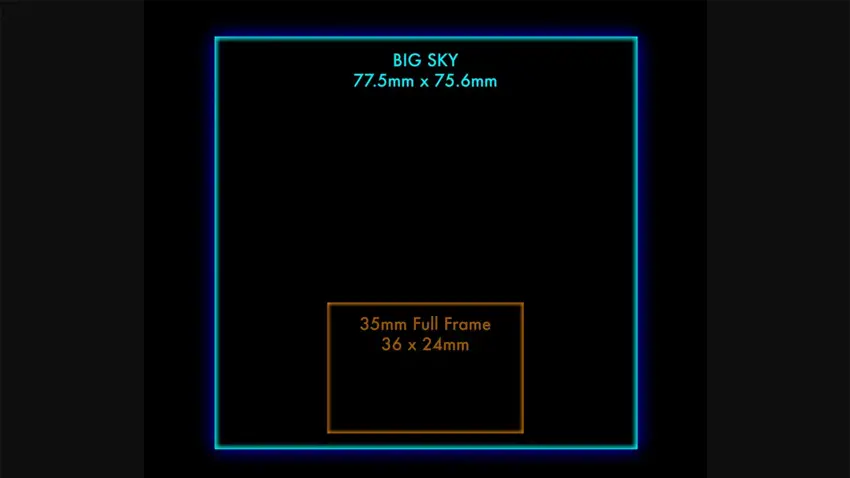
Image Credit – Sphere Studios
The result is an image sensor that is up to 120 times faster than other minimum and large format image sensors, with two times better temporal noise and 9 dB more dynamic range.
It’s a lot of numbers that only technical geeks can appreciate, and for those who love to delve deep into the numbers, the white paper is available for download.
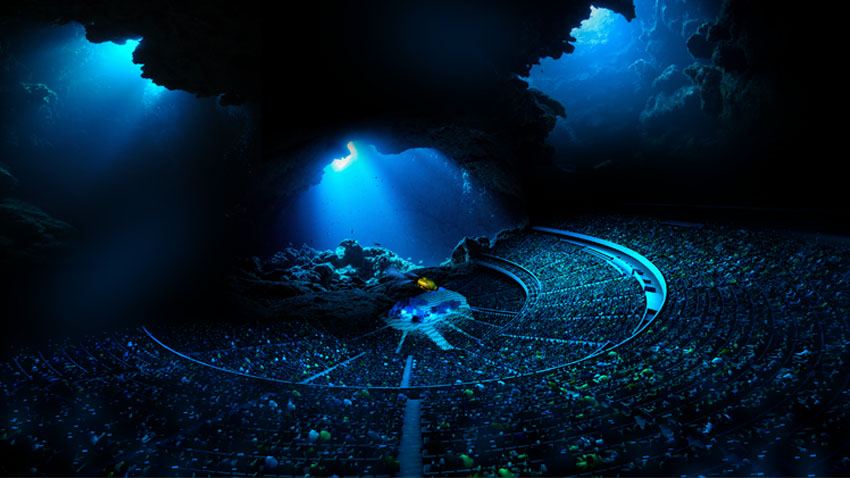
Image Credit – Sphere Studios
The basic takeaway is, that the Big Sky Camera sensor provides 12 times faster frame rates with better dynamic range and 120 frames per second frame rate for a huge 18K by 18K image that will be projected on the Sphere’s incredible 160,000 sq ft wrap-around LED screen.
Currently, the MSG Sphere in Las Vegas is showing Darren Aronofsky’s latest film Postcard from Earth. You can watch the director talk about the experience of using the Big Sky camera here:
[source: YMCinema]
Disclaimer: As an Amazon Associate partner and participant in B&H and Adorama Affiliate programmes, we earn a small comission from each purchase made through the affiliate links listed above at no additional cost to you.


